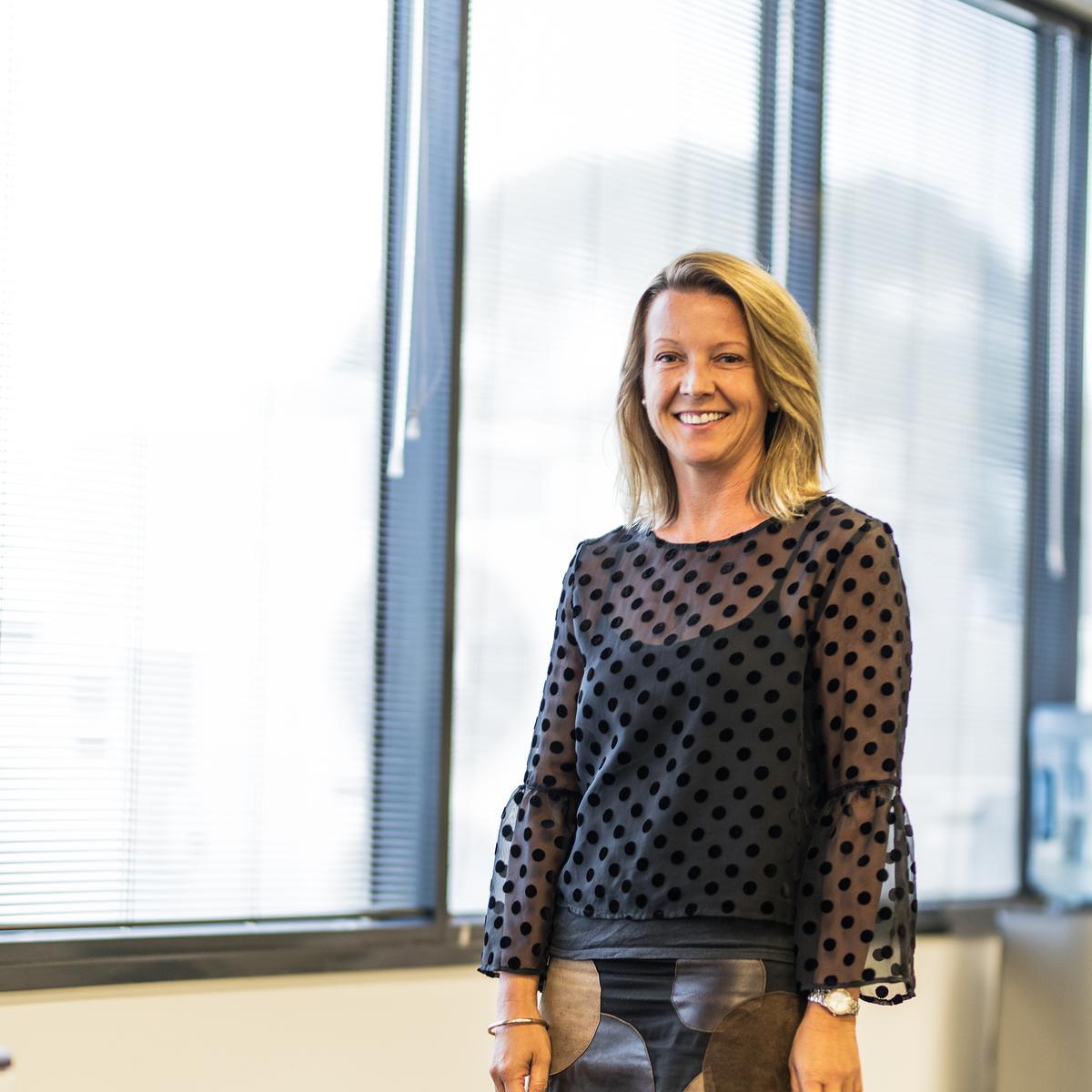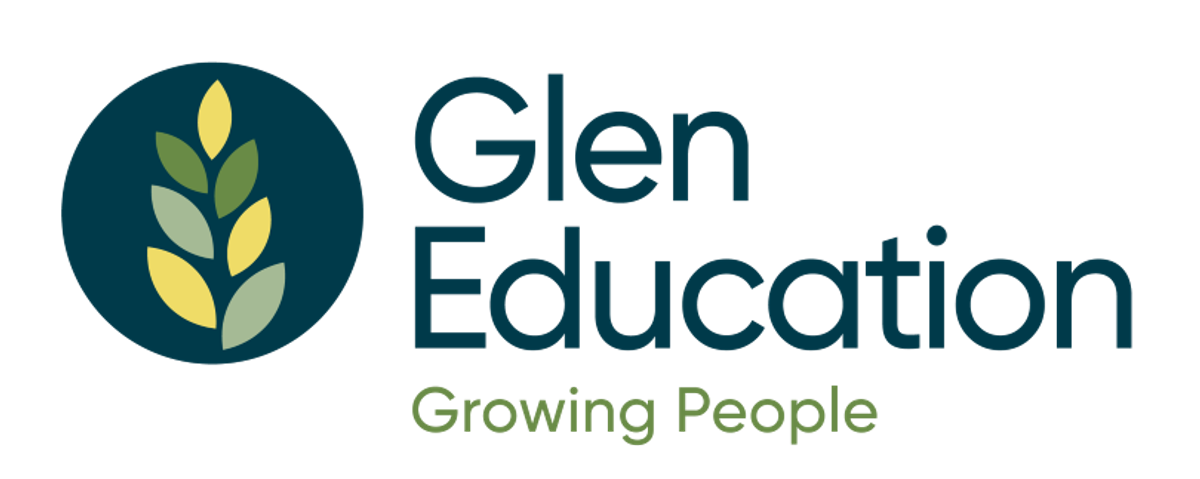CEO Report

By Samantha Kolasa
As parents and caregivers, we recognise very quickly that all children learn differently. Even within the same household, children will learn at a different rate; show a tendency toward a particular learning style; process and retain information in a certain way…. the differences are endless. At Glen Education, our teaching staff are experts in creating positive learning environments that give attention to children’s physical, personal and social development, as well as their emotional and intellectual learning and development. It is also important that the uniqueness of every child is captured in terms of their family, culture, and experience.
To ensure quality service provision, all early childhood staff operate under the National Quality Standards (NQS). These standards set a high national benchmark for early childhood education and care, and outside school hours care services in Australia. The NQS includes seven quality areas that are important outcomes for children.
The importance of providing inclusive and sustainable learning environments that maximise and promote children’s learning is reflected under Quality Area 3 of the NQS. In particular, standard 3.2 states: ‘The service environment is inclusive, promotes competence and supports exploration and play-based learning’. Breaking this down even further, 3.2.1 prescribes that: ‘Outdoor and indoor spaces are organised and adapted to support every child’s participation and to engage every child in quality experiences in both built and natural environments.’ Whilst 3.2.2 states that: ‘Resources, materials and equipment allow for multiple uses, are sufficient in number, and enable every child to engage in play-based learning’ and 3.2.3 states that: ‘The service cares for the environment and supports children to become environmentally responsible.’
The expectations described above relate primarily to the physical environment in which children learn. Individual learning styles are also important. Some children are visual learners – that is, they learn through seeing. Children who are visual processors tend to observe a parent’s or teacher’s body language and facial expressions for content and learn through demonstrations and descriptions. Others are auditory learners – they tend to learn through listening, participating in discussions and talking things through. Tactile learners learn through touch. Children who are more tactile prefer activities or projects that allow them to use their hands. Finally, kinaesthetic learners learn through moving and doing. Most children will show a preference for a particular learning style, but it is important that we create learning environments that enable children to learn in a variety of ways.
Underpinning the Victorian Early Years Learning and Development Framework (VEYLDF) is the Ecological Model adapted from work of Urie Bronfenbrenner. When you look at this model you see the child at the very centre. As you move out from the centre you see each child’s life within a particular cultural, community, economic, political, social, and environmental context.
The Ecological Model acknowledges that children should be central in educational program planning. There are a range of contexts which have an impact on a child’s learning and development. These include the social, environmental, political, and economic context. Knowing this, our staff ensure that to maximise a child’s learning outcomes, relationships with the family are key. This enables a broader understanding of each child’s development within the context of the system of relationships that form his or her environment.
Many years ago, the concept of ‘learning’ was very narrow. It was simply described as ‘the process of acquiring new understanding, knowledge, behaviours, skills, values, attitudes, and preferences.’ In more recent times, as we embrace the idea that learning occurs in different ways, the definition has been broadened to ‘the transformative process of taking in information that—when internalised and mixed with what we have experienced—changes what we know and builds on what we do. It's based on input, process, and reflection. It is what changes us.’ Learning occurs at home, at kindergarten, in the playground, at the local shopping centre. It is an evolving process and a joy to watch in children. Personally, I still relate to the quote by Dr Seuss, "The more that you read, the more things you will know. The more that you learn, the more places you'll go."
Thank you again for being a part of the Glen Education community.


